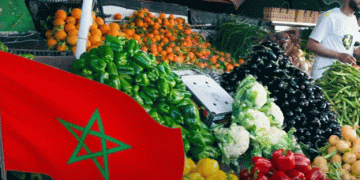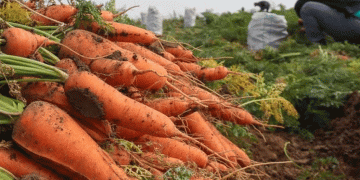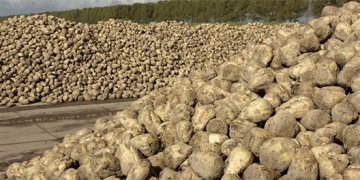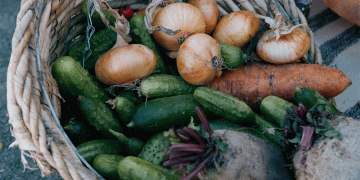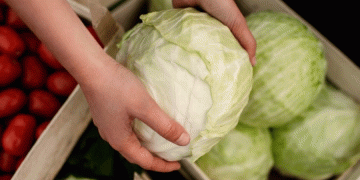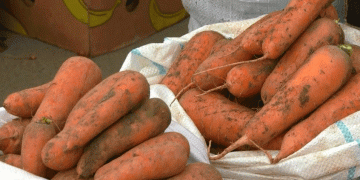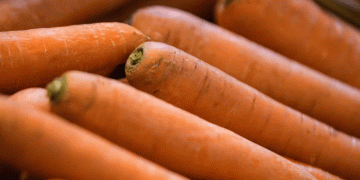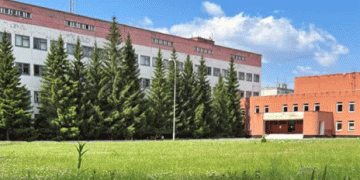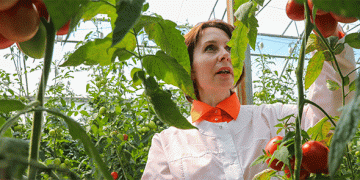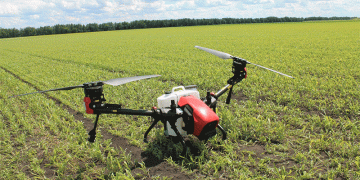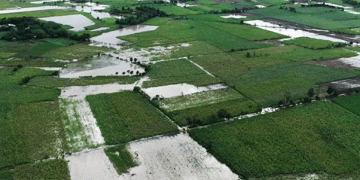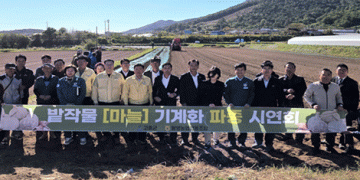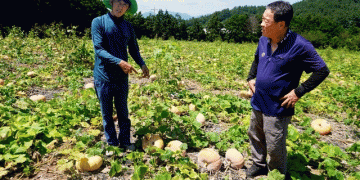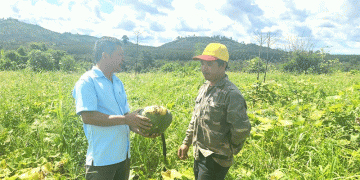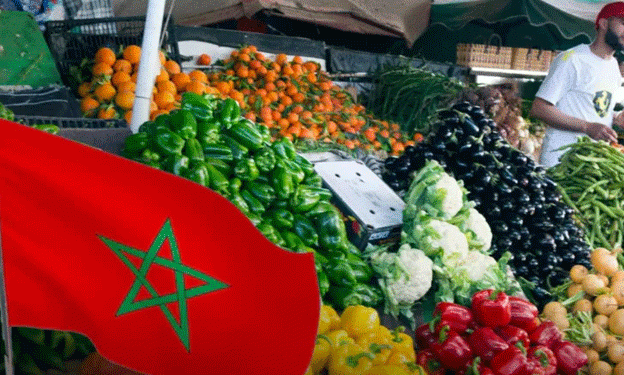Morocco, once considered a marginal player in international produce markets, has emerged as one of the world’s fastest-growing exporters of fruits and vegetables. According to recent data from EastFruit, the North African country now ranks among the top three agricultural export growth leaders globally—thanks to strategic investments in sustainability, innovation, and market diversification.
Strategic Transformation Rooted in Sustainability
The transformation is no accident. As noted by Andriy Yarmak, economist with the Food and Agriculture Organization of the United Nations (FAO), Moroccan agricultural companies “structure their actions according to a fundamental, sustainable, and strategic vision.” This approach is visible across both public and private sectors, with many leading agribusinesses now appointing sustainability directors and aligning operations with long-term environmental and economic goals.
Thriving Despite Drought
Morocco’s agricultural rise is particularly impressive given its severe climate constraints. Some regions, such as parts of Souss-Massa, have experienced droughts lasting over five months. Yet, the country has sustained and even grown its output by adopting advanced farming technologies:
- Precision irrigation systems that minimize water waste
- Climate-resilient crop varieties
- Integrated soil and fertility management techniques
- Robust post-harvest infrastructure and traceability systems
These tools not only ensure crop survival under tough conditions but also meet international quality standards, paving the way for consistent export growth.
Tomatoes and Berries Lead the Export Surge
Morocco’s tomato industry has seen a 19% year-over-year increase in exports, reaching 690,000 tons annually. The Souss-Massa region, with its abundant sunshine, has become a hotspot for tomato cultivation, including non-round varieties that now account for 58% of total exports, according to Fatiha Charrat, Deputy CEO of Delassus Group.
Meanwhile, blueberry exports have tripled in just five years, highlighting Morocco’s strength in high-value niche markets. Other crops showing notable export momentum include avocados, peppers, cucumbers, and strawberries.
Expanding into Asia with Public-Private Support
Looking beyond Europe, Morocco is now strategically targeting Southeast Asia. A joint initiative between the FAO and the European Bank for Reconstruction and Development (EBRD) is launching a trade mission to countries like Singapore and Malaysia, aiming to link Moroccan producers with growing demand for sustainable, high-quality produce.
These initiatives are backed by public-private partnerships: FAO ensures food safety and accessibility, while EBRD provides financial infrastructure. This enables Moroccan agribusinesses to maintain quality while expanding globally.
Global Lessons from Morocco
According to FAO and EBRD reports, Morocco’s ability to balance productivity and sustainability amidst climatic adversity sets a precedent. Countries facing similar environmental challenges can look to Morocco’s model for guidance on scaling agricultural exports while preserving natural resources.
Morocco’s ascent in global fruit and vegetable exports is not just about climate or geography—it’s about vision, innovation, and resilience. With smart farming systems, a sustainable strategy, and strong international partnerships, Morocco is proving that even in drought-prone regions, agriculture can be a powerful engine for economic growth and global influence.
